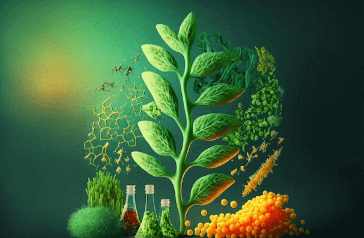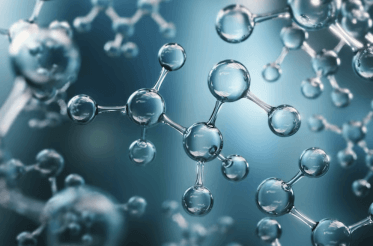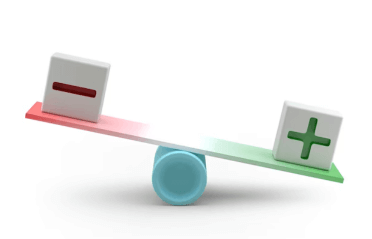Question
a.
High rate bio filters
b.
Conventional bio filters
c.
Percolating filters
d.
Rotating biological contractors
Posted under Environmental Biotechnology
Interact with the Community - Share Your Thoughts
Uncertain About the Answer? Seek Clarification Here.
Understand the Explanation? Include it Here.
Q. Which of the following has the potential to ‘rough’ high strength industrial effluents prior to sewage discharge?
Similar Questions
Explore Relevant Multiple Choice Questions (MCQs)
Q. Rotating biological contractors is used for carbonaceous oxidation as a ________
View solution
Q. Organic overloading is a major problem associated with Rotating biological contractors.
View solution
Q. Absorbing oxygen from the air and pollutants from the wastewater can be decomposed aerobic microorganisms by which of the following methods?
View solution
Q. Up flow anaerobic sludge blanket reactor is an anaerobic digester which is used for wastewater treatment with the help of suspended sludge blanket filters.
View solution
Q. Activated sludge is a type of wastewater treatment method for the treatment of sewage or industrial wastewaters using aeration and a microbial floc.
View solution
Q. Which of the following is low energy consuming system for waste water treatment?
View solution
Q. ___________ is a natural method of waste water treatment.
View solution
Q. Which of the following is the main source for eutrophication of surface water?
View solution
Q. Amino nitrogen and heterocyclic nitrogen can be degraded by biological method by first converting it into ______________
View solution
Q. Which of the following process is not involved in the removal of nitrogen?
View solution
Q. Autotrophic nitrification leads to formation of nitrate by conversion of ammonia.
View solution
Q. Which of the following is not an after effect of accumulation of nitrogen and phosphorus in aquatic ecosystem?
View solution
Q. Which of the following genera the nitrifying bacteria doesn’t belong to?
View solution
Q. The optimal removal of phosphate by biological method should have a COD/P ratio of 20g COD/g of phosphate.
View solution
Q. Ferrous ions can supplement biological phosphate removal.
View solution
Q. Expand OLNAD.
View solution
Q. The major disadvantage of heterotrophic nitrification is ____________ for final disposal.
View solution
Q. Which of the following method can be used to treat crude sewage and nitrify secondary effluent?
View solution
Q. Duck weed can grow profusely in nutrient rich waste water.
View solution
Q. Which of the following methods can be used to convert organic pollutants into fish biomass?
View solution
Recommended Subjects
Are you eager to expand your knowledge beyond Environmental Biotechnology? We've handpicked a range of related categories that you might find intriguing.
Click on the categories below to discover a wealth of MCQs and enrich your understanding of various subjects. Happy exploring!








